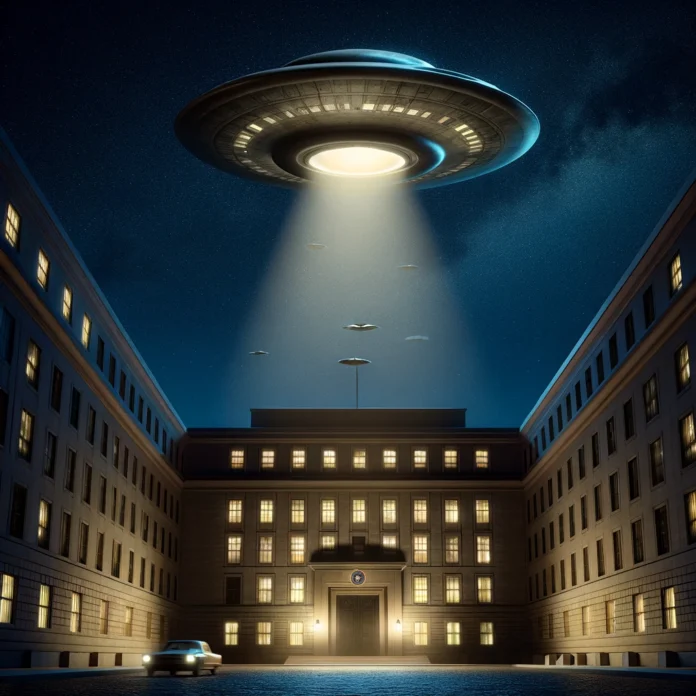The intersection of unidentified flying objects (UFOs) and governmental policies has long been a domain marked by ambiguity and intrigue. This exploration delves into the multifaceted relationship between governmental entities and the documentation, investigation, and public disclosure of UFO sightings. Our aim is to dissect the layers of complexity and provide a sober analysis of what is known, the challenges inherent in government transparency, and the implications for national security and scientific understanding.
Historical Context and Government Involvement
The U.S. government’s interest in unidentified aerial phenomena (UAP) can be traced back to the late 1940s, beginning with projects such as Sign, Grudge, and the more widely known Project Blue Book, which officially concluded in 1969. These initiatives aimed to systematically study UAP sightings to determine their potential threat to national security and to ascertain whether they represented advanced technology, either domestic or foreign.
Despite the official cessation of Project Blue Book, suspicions persisted that investigations continued under a veil of secrecy, spurred by sporadic leaks and whistleblower testimonies. The U.S. government’s acknowledgment of the Advanced Aerospace Threat Identification Program (AATIP) in 2017, a secretive Pentagon unit investigating UAPs from 2007 to 2012, reignited public interest and debate over the transparency of such investigations.
Shifts Towards Disclosure
Recent years have witnessed a gradual shift towards greater openness, with the Pentagon releasing declassified videos of UAP encounters by Navy pilots and Congress holding public hearings to discuss these phenomena. These actions reflect a growing acknowledgment of the importance of transparency in fostering public trust and the need for a coordinated effort to understand the nature and origins of UAPs.
The Challenge of Disclosure
The path to comprehensive disclosure is fraught with obstacles, including national security concerns, the risk of exposing sensitive technologies, and the potential for misinterpretation or panic. Furthermore, the historical stigma associated with UFO sightings has hindered scientific inquiry and open discussion, complicating efforts to demystify the phenomenon.
The Role of Scientific Inquiry
In addressing the UFO enigma, the role of the scientific community is paramount. Through rigorous investigation, peer review, and interdisciplinary collaboration, researchers can contribute to a nuanced understanding of UAP sightings, distinguishing between identifiable natural or human-made objects and those that remain unexplained.
Conclusion: Toward a Future of Clarity and Understanding
As we navigate the complexities of government secrecy and the pursuit of truth regarding UFOs, it is crucial to advocate for transparency, rigorous scientific methodology, and cross-sector collaboration. By fostering an environment of openness, we can work towards demystifying UAP sightings, ensuring national security, and advancing our collective understanding of the unknown.
This approach does not seek sensationalism but rather a grounded pursuit of knowledge, reflecting a commitment to uncovering the facts surrounding one of the most intriguing questions of our time: What is the nature of the unidentified aerial phenomena that have been observed, and what can they teach us about our world and beyond?
